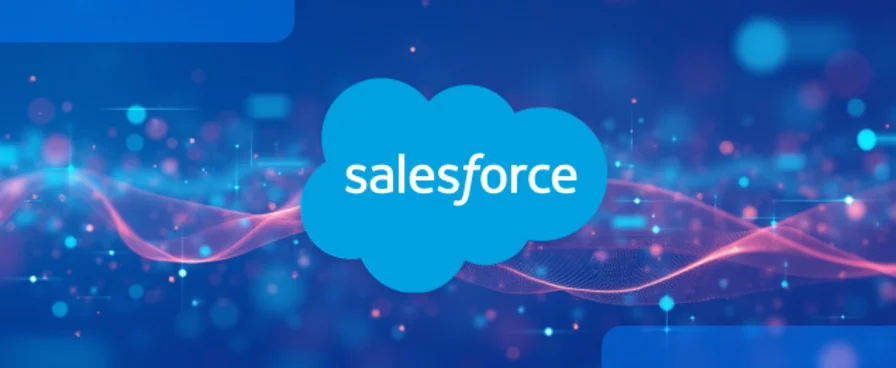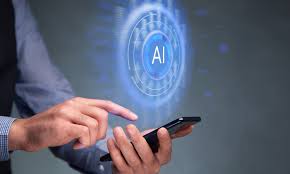London’s business scene moves fast. Companies here want everything smarter, more connected, and automated. That’s where Salesforce consulting in London really makes a difference. It doesn’t matter if you’re running a fresh startup or a big-name firm—everyone’s chasing better customer insight, stronger relationships, and smoother workflows. Salesforce can deliver all of that, but to really get your money’s worth, you need someone who knows the ropes.
Here’s a straightforward look at how Salesforce helps London companies rethink the way they work.
Why London Companies Are Choosing Salesforce
Juggling sales, customer service, marketing, and operations across different apps can get out of control in no time. Salesforce brings all of that together in one place, so teams work smarter and stop wasting energy on busywork.
Bring in a sharp Salesforce consultant in London, and you can actually tailor the platform to fit your business—no more squeezing your team into awkward, one-size-fits-all setups.
London businesses trust Salesforce because it gives them:
- One spot for all customer info
- Instant reporting and analytics
- Easy team communication
- Automated tasks that just happen
- A clear view of the sales pipeline
Automation That Actually Saves Time
Let’s be honest: automation is a huge reason people go with Salesforce in the first place. A good Salesforce developer in London can set up processes that wipe out all those mind-numbing, repetitive tasks.
Think things like:
- Sending new leads to the right salespeople automatically
- Triggering follow-ups without anyone having to remember
- Alerting support teams the moment a case pops up
- Keeping customer info in sync everywhere
That means your team can stop shuffling paperwork and focus on work that actually matters.
Boosting Sales and Customer Experience
Salesforce doesn’t let anything slip through the cracks. Calls, emails, meetings, deals, customer history—it’s all tracked. With help from a local Salesforce consultant, you can build dashboards that show exactly what you need, nothing more, nothing less.
This leads to:
- Quicker deals
- Better sales forecasts
- Personal touches for every customer
- Strong support after the sale
The end result? A smoother, more trustworthy experience for your clients.
Bringing All Your Tools Together
London companies run on lots of different apps—finance, marketing, HR, you name it. Salesforce plugs right into tools like Outlook, Gmail, Slack, QuickBooks, Jira, Mailchimp, and plenty more.
A reliable Salesforce consultant in London makes sure everything connects smoothly, without lost data or downtime.
When your systems talk to each other, mistakes drop, teams stay in sync, and no one has to waste time jumping between tabs all day.
Making Smart, Data-Backed Decisions
With Salesforce, managers don’t have to guess what’s working. Real-time dashboards and reports show what’s going well and what needs fixing.
Analytics tools let you:
- Track how you’re doing
- Spot where things get stuck
- Understand what your customers want
- Predict future sales
- See how your team performs
Better data means better choices, plain and simple.
Helping Teams Work Better, Together
It doesn’t matter if your team is in the office, remote, or somewhere in between. Salesforce keeps everyone in the loop with built-in chat and connected workflows. Sales, support, finance, operations—everyone gets the same story.
That means fewer mix-ups and more gets done.
Wrapping Up
London businesses that want to grow, work efficiently, and keep customers happy are turning to Salesforce. With the right consulting partner, you can tap into everything the platform offers and totally streamline the way you work.




